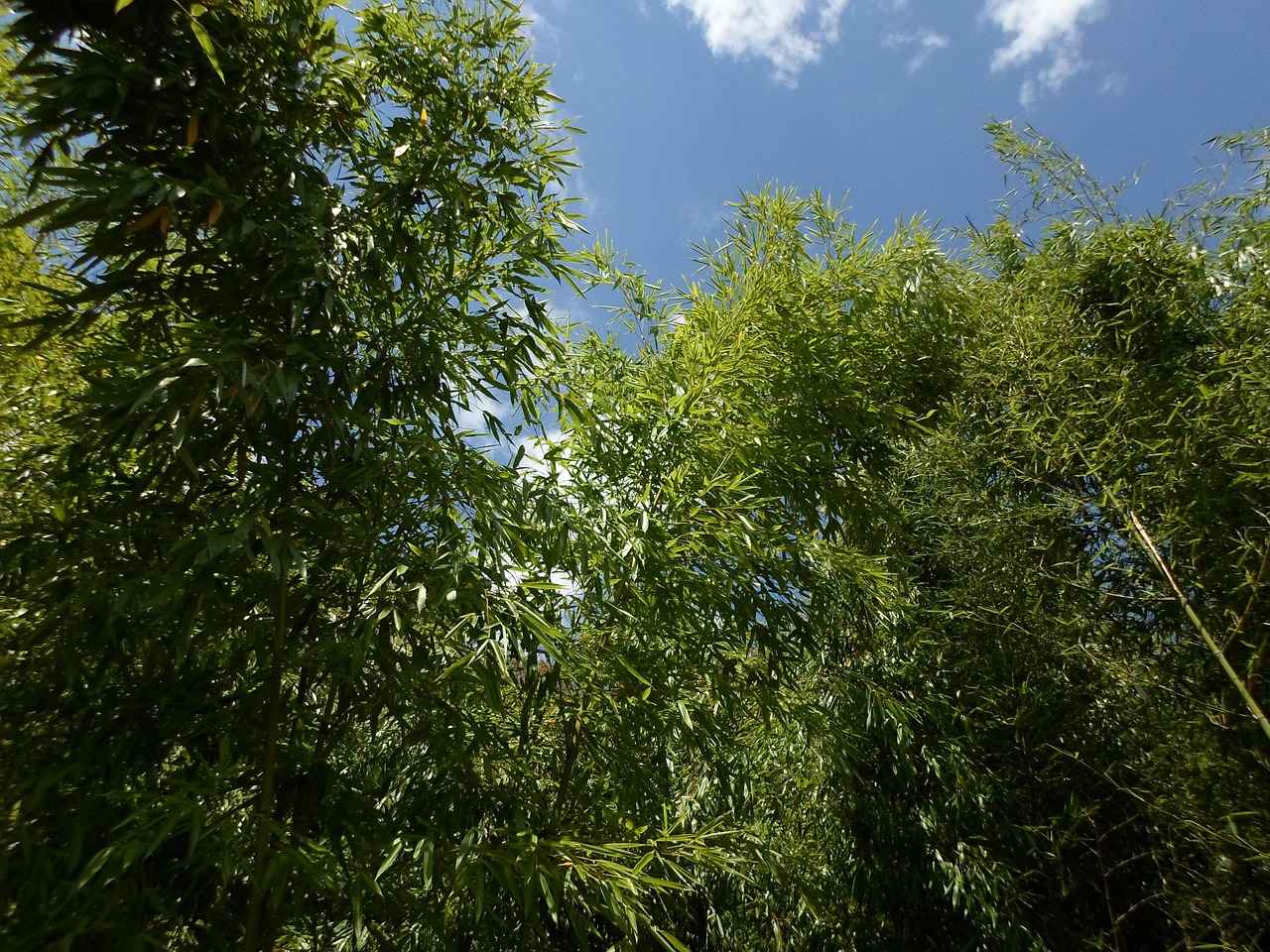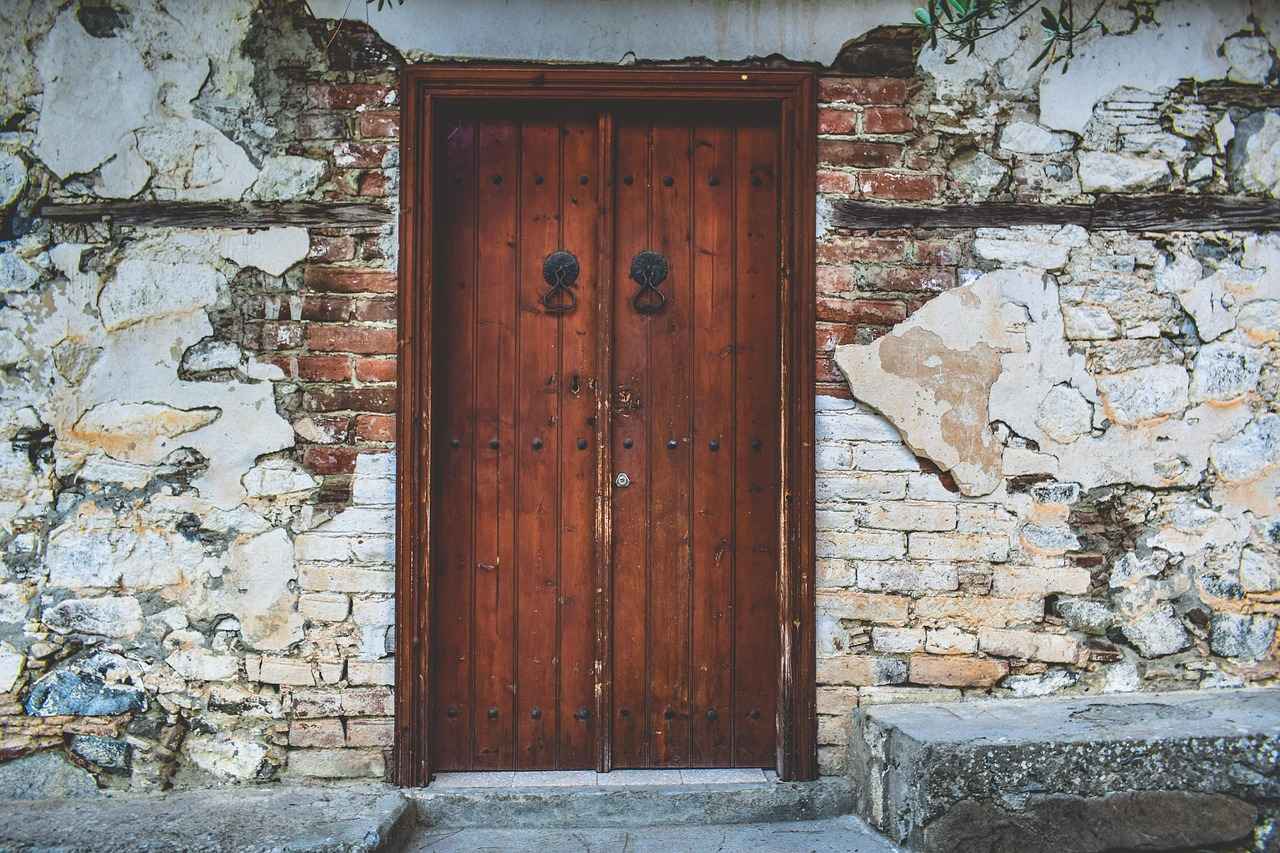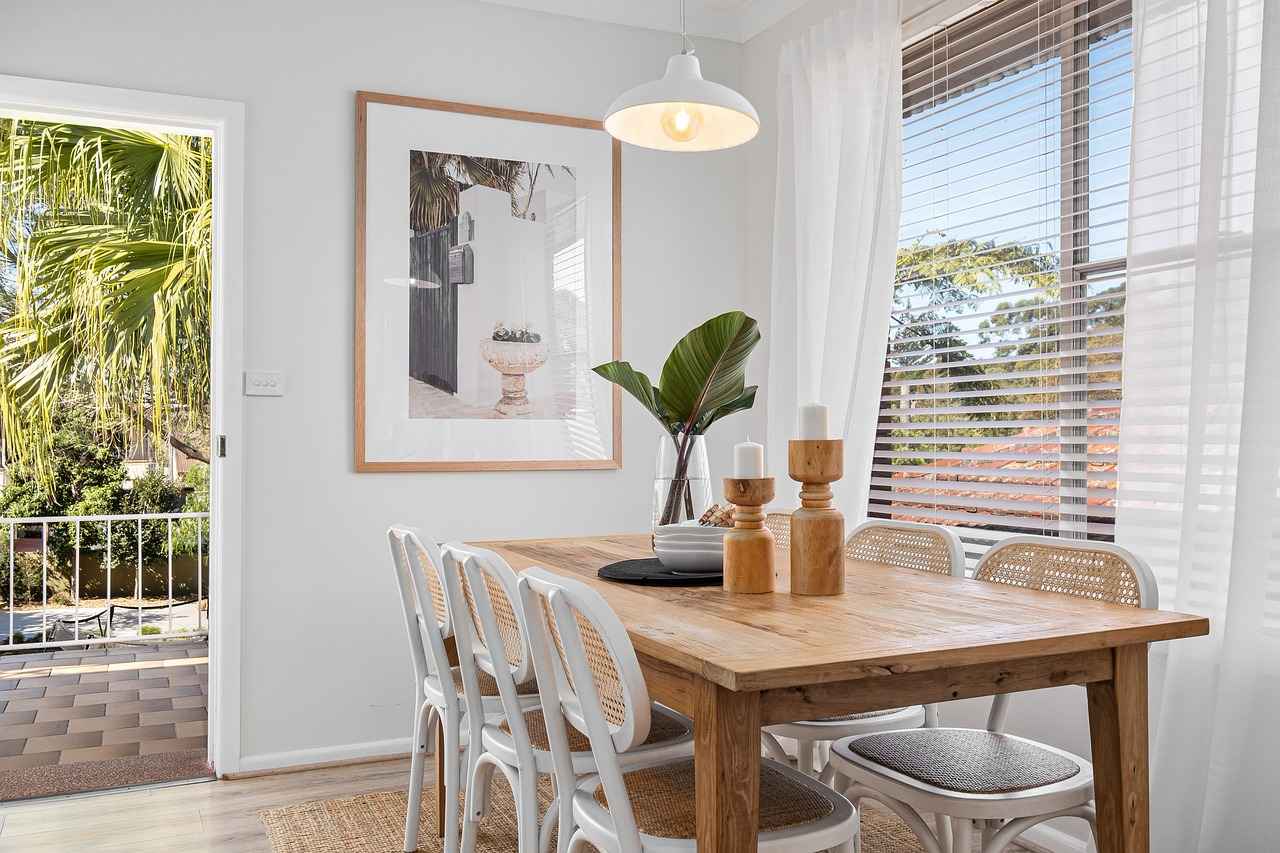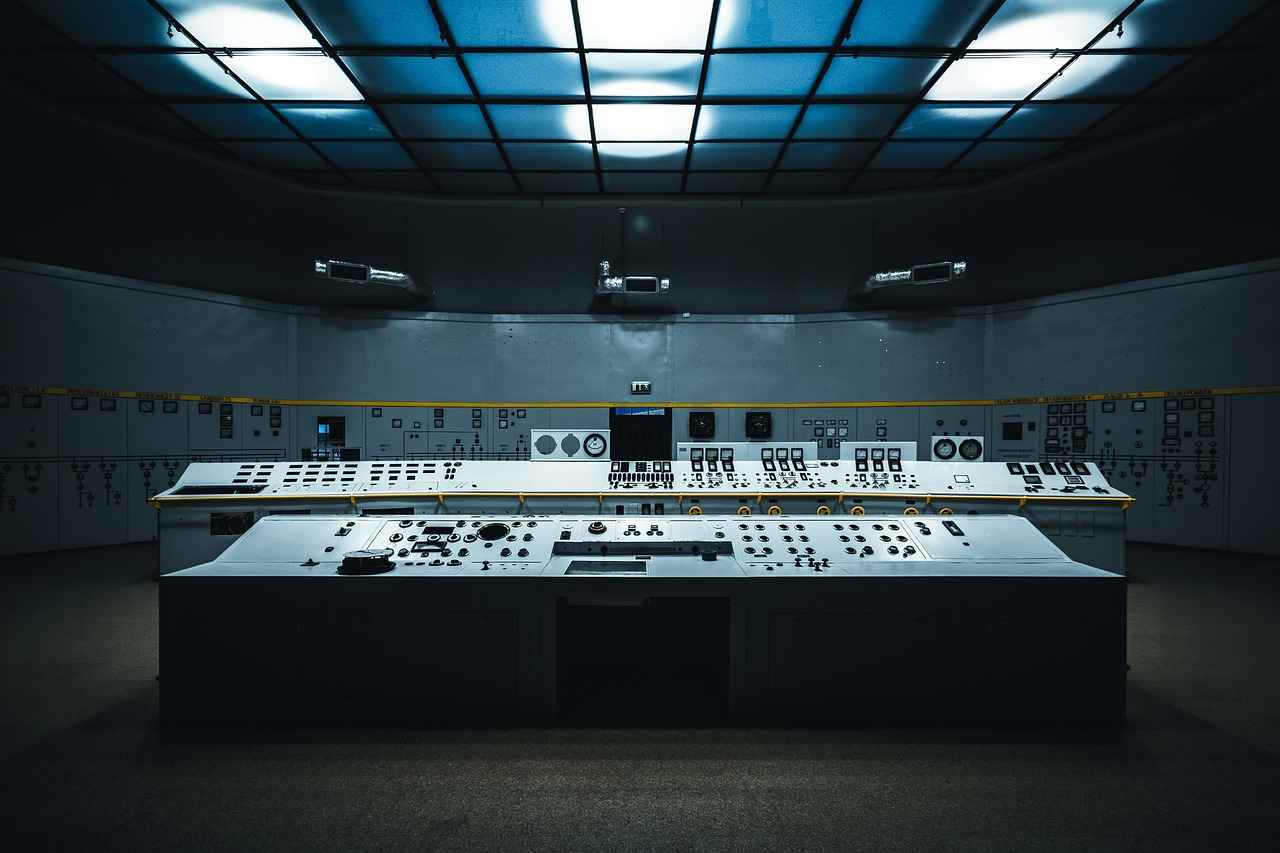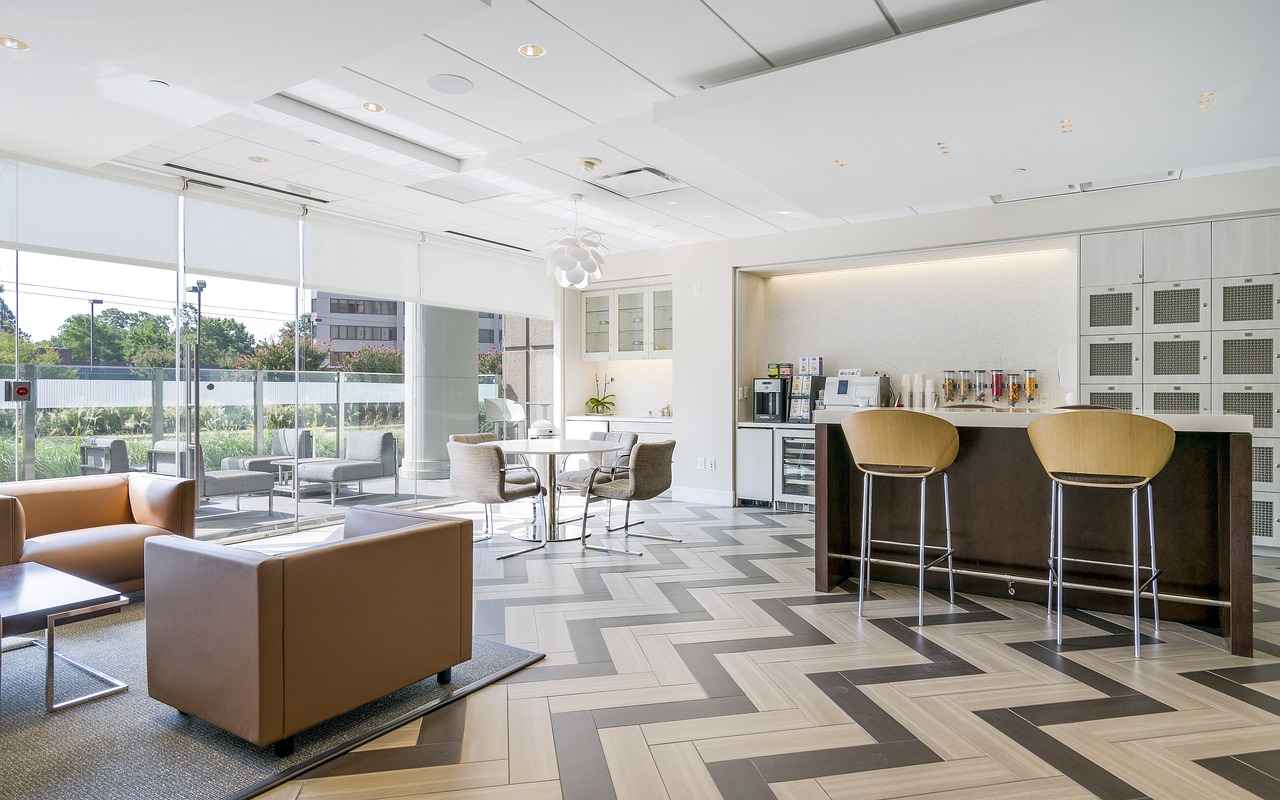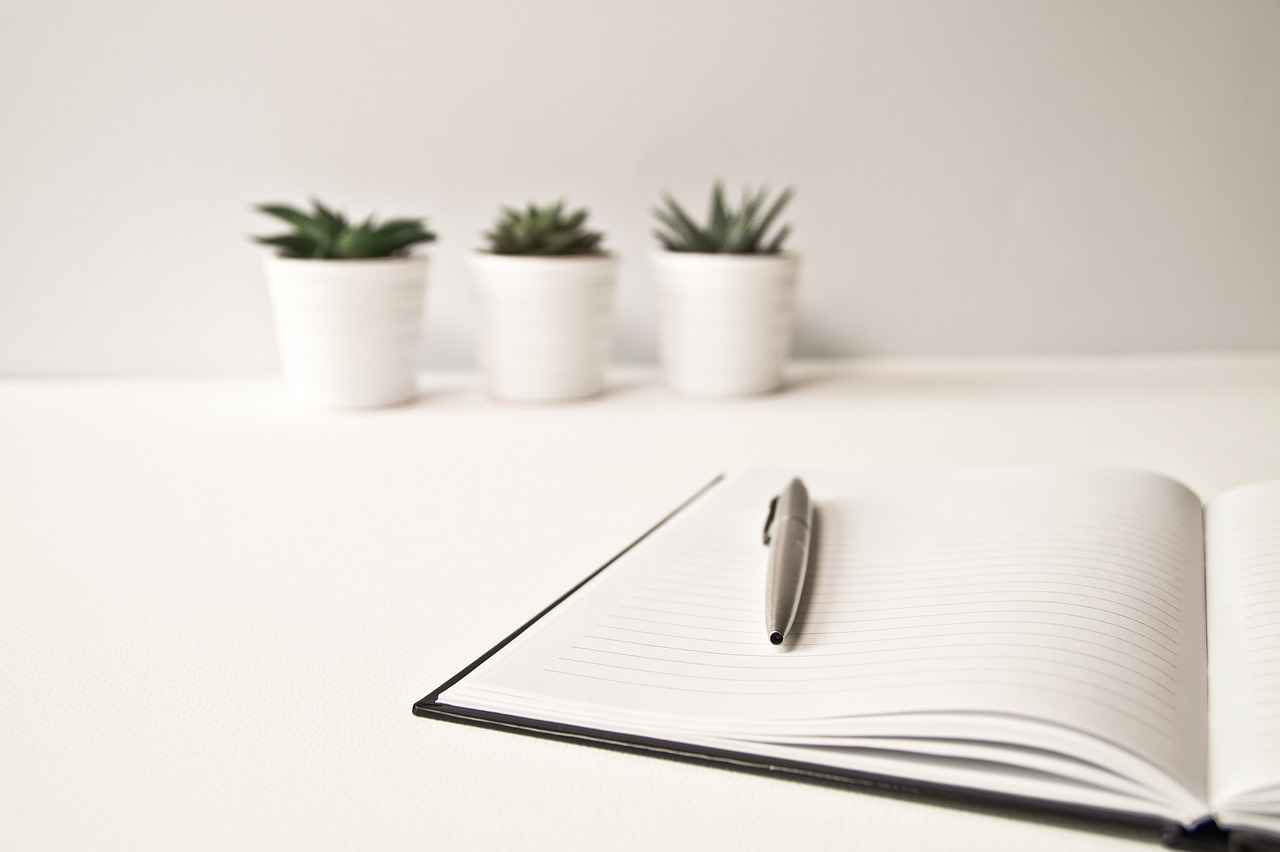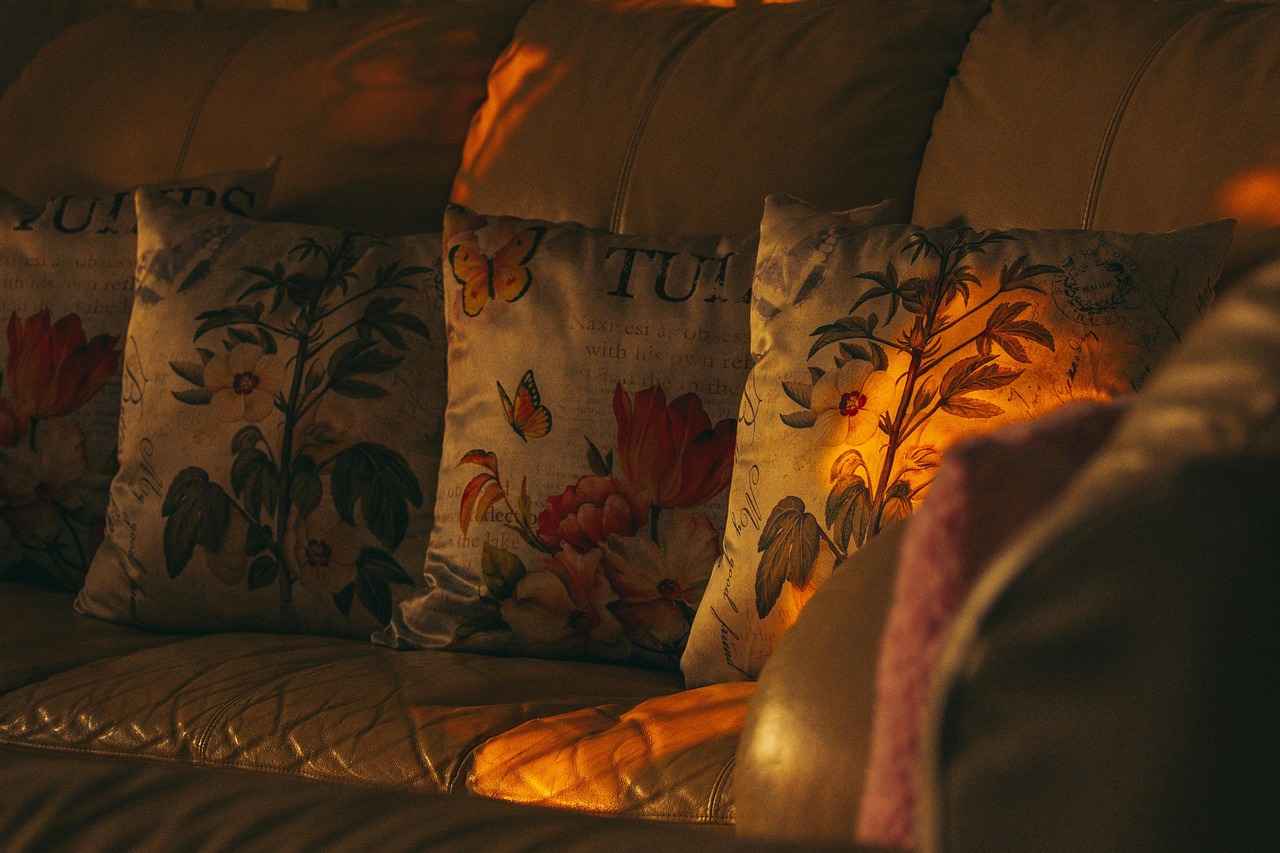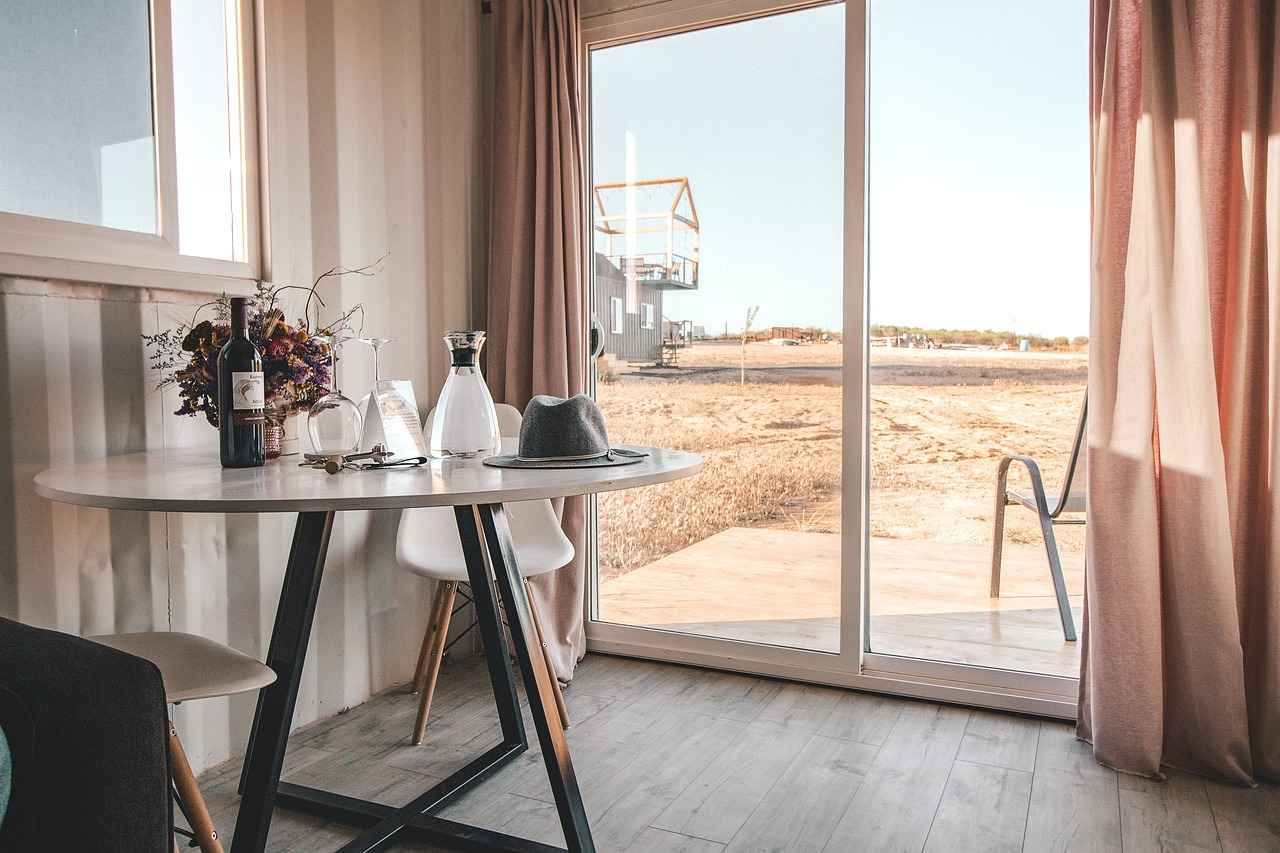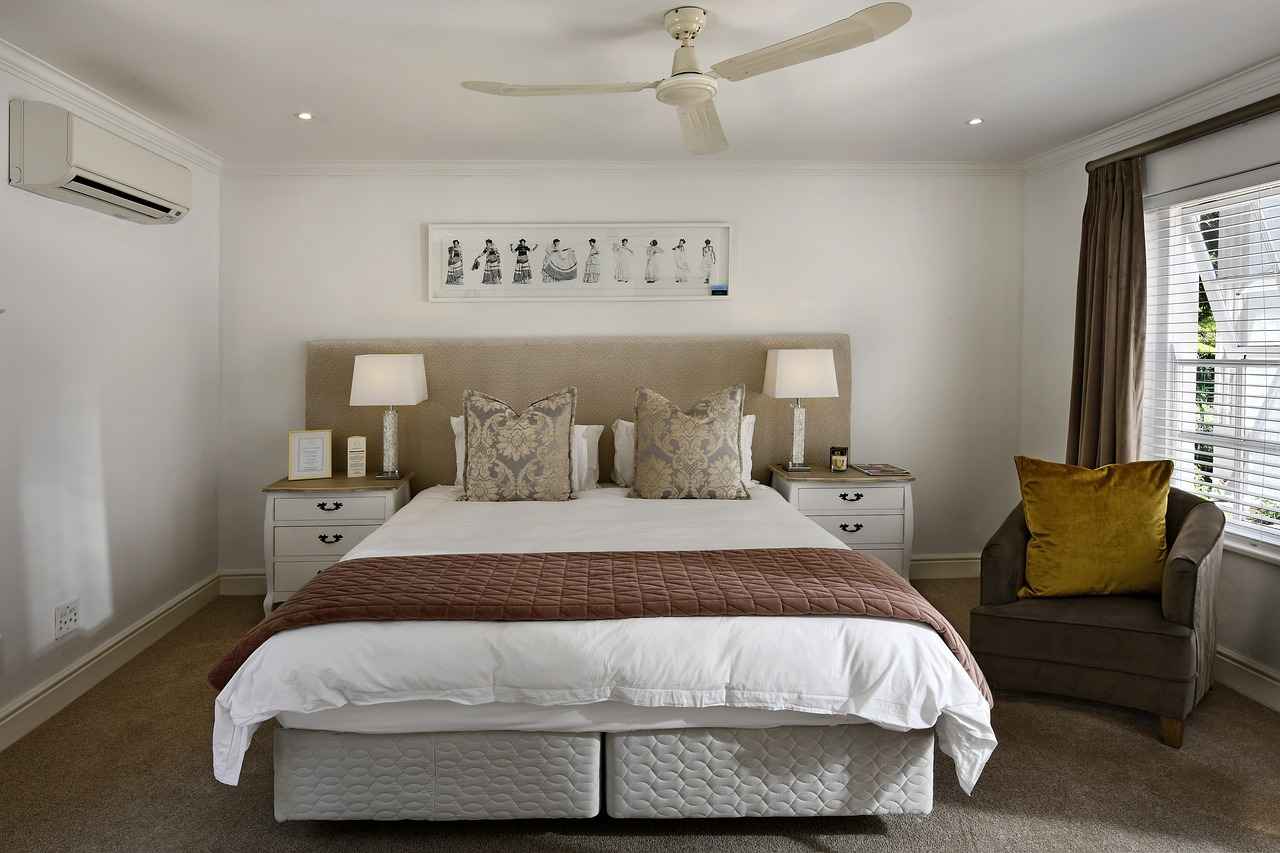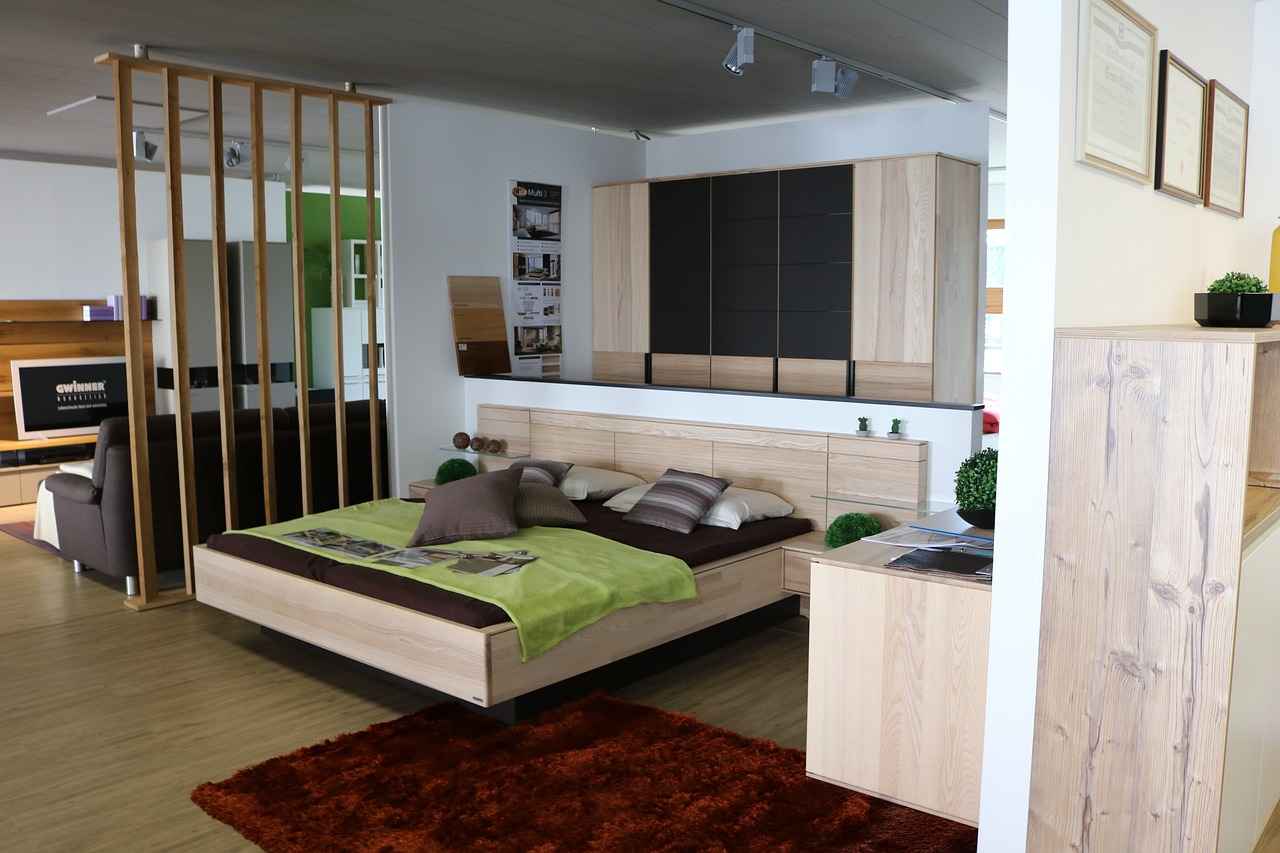Creating a stylish and eco-friendly bamboo room divider is an excellent way to enhance your living space while making a sustainable choice. This guide will provide you with step-by-step instructions, helpful tips, and design inspirations to embark on this rewarding home improvement project.
A bamboo room divider serves as both a decorative and functional partition. It is crafted from bamboo, a material that not only looks great but is also ideal for creating privacy in your home. Whether you’re looking to separate a large room or just want to add a touch of style, a bamboo divider can fit your needs perfectly.
Bamboo is celebrated for its sustainability and strength, making it a top choice for eco-conscious homeowners. Here are some reasons why bamboo stands out:
- Environmental Benefits: Bamboo grows quickly and absorbs carbon dioxide, contributing to a healthier environment.
- Renewable Resource: As one of the fastest-growing plants, bamboo can be harvested sustainably without harming ecosystems.
- Low Maintenance: Compared to traditional wood, bamboo requires less upkeep, making it a practical option for busy homeowners.
Building your own bamboo room divider is a straightforward DIY project. Here’s how to get started:
Before you begin, collect the necessary materials:
- Bamboo poles
- A saw
- Screws
- A drill
- Sandpaper
Follow these simple steps to construct your bamboo room divider:
1. Measure the space where the divider will be placed.2. Cut bamboo poles to the desired height.3. Sand the edges of the poles for a smooth finish.4. Assemble the poles using screws to create a sturdy frame.5. Secure the divider in place and ensure it stands upright.
Once your bamboo divider is built, you can personalize it to fit your decor:
Consider using paint, fabric, or decorative elements to enhance the appearance of your bamboo divider. This can help it seamlessly blend with your existing decor.
Adding plants around or on your bamboo divider can create a natural ambiance and improve air quality. Choose low-maintenance plants that thrive in your home environment.
To ensure your bamboo divider remains beautiful and functional, proper maintenance is key:
Regularly clean your bamboo divider with a damp cloth and mild detergent to prevent dust accumulation. This will help maintain its aesthetic appeal over time.
To avoid warping or fading, keep your bamboo divider out of direct sunlight and away from humid areas. This will extend its lifespan and keep it looking great.
By following these guidelines, you can create a stunning bamboo room divider that is not only functional but also contributes positively to the environment. Enjoy your sustainable home improvement project!
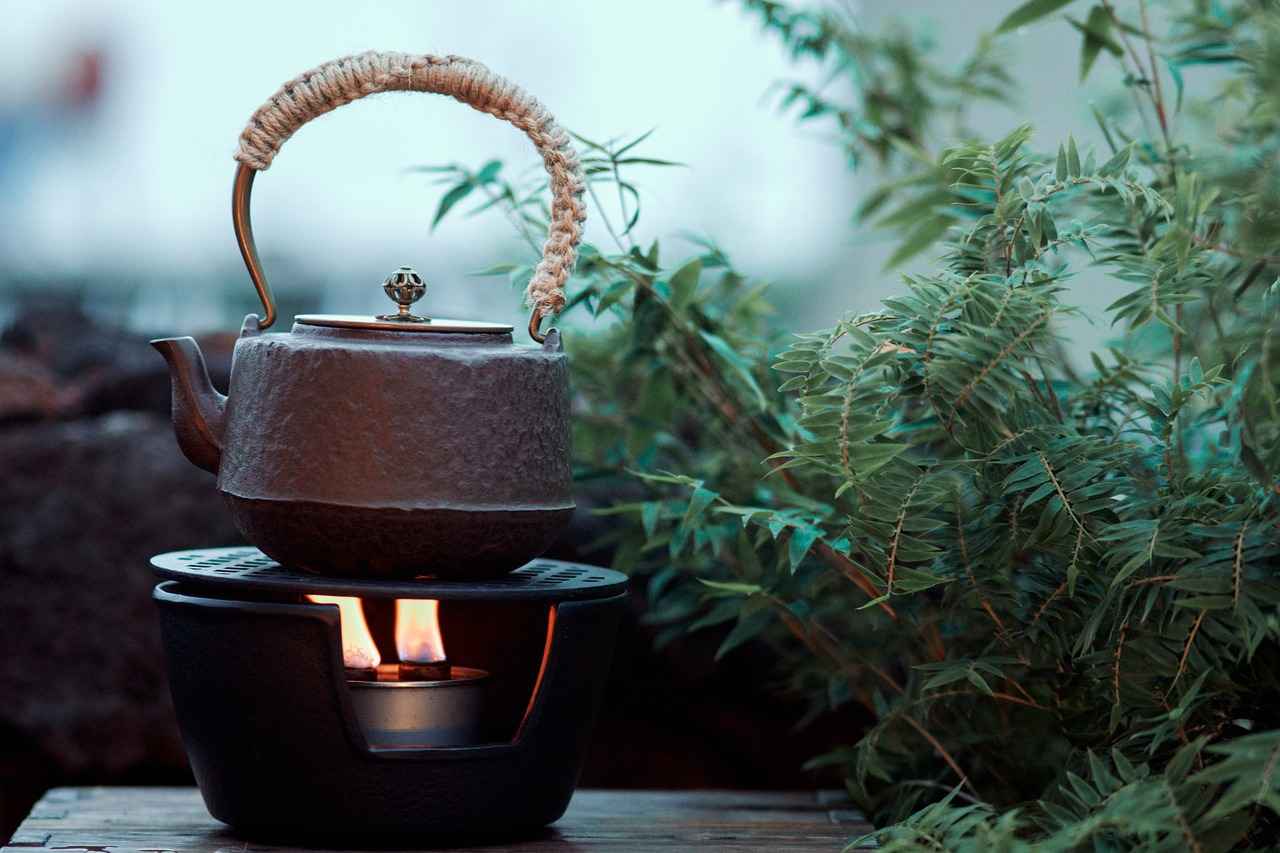
What is a Bamboo Room Divider?
A bamboo room divider is a stylish and functional partition crafted from bamboo materials. It serves as an ideal solution for creating privacy in various spaces while simultaneously enhancing the overall aesthetic of your living environment. Bamboo, known for its natural beauty and durability, makes these dividers not only visually appealing but also a sustainable choice for eco-conscious homeowners.
When considering a bamboo room divider, it’s essential to understand its versatility. These dividers can be used in a variety of settings, including homes, offices, and even outdoor spaces. They can effectively separate areas without the need for permanent walls, allowing for a flexible layout. Whether you want to create a cozy reading nook, define a workspace, or simply add some texture to your decor, a bamboo divider can meet these needs.
One of the significant advantages of using bamboo is its eco-friendliness. As one of the fastest-growing plants on the planet, bamboo can be harvested sustainably, making it an excellent alternative to traditional hardwoods. This rapid growth rate means that bamboo forests can regenerate quickly, contributing to a healthier environment. Additionally, bamboo absorbs substantial amounts of carbon dioxide, further reducing your carbon footprint.
In terms of design, bamboo dividers offer a range of styles and finishes. You can find them in various heights, widths, and designs, allowing you to choose one that complements your existing decor. Some dividers feature intricate patterns or weaves, while others maintain a more minimalist look. This variety ensures that there is a bamboo room divider suitable for any taste or interior theme.
Moreover, bamboo room dividers are low maintenance compared to other materials. They require minimal care, making them a practical choice for busy individuals or families. A simple wipe-down with a damp cloth is often sufficient to keep them looking fresh and clean. This ease of maintenance is particularly appealing for those who want to enjoy the beauty of natural materials without the hassle of extensive upkeep.
In summary, a bamboo room divider is more than just a decorative element; it is a versatile and sustainable solution for enhancing your living space. By incorporating one into your home, you not only gain a functional piece that offers privacy but also contribute to a more eco-friendly lifestyle. With their unique designs and low maintenance requirements, bamboo dividers are an excellent choice for anyone looking to improve their home environment.
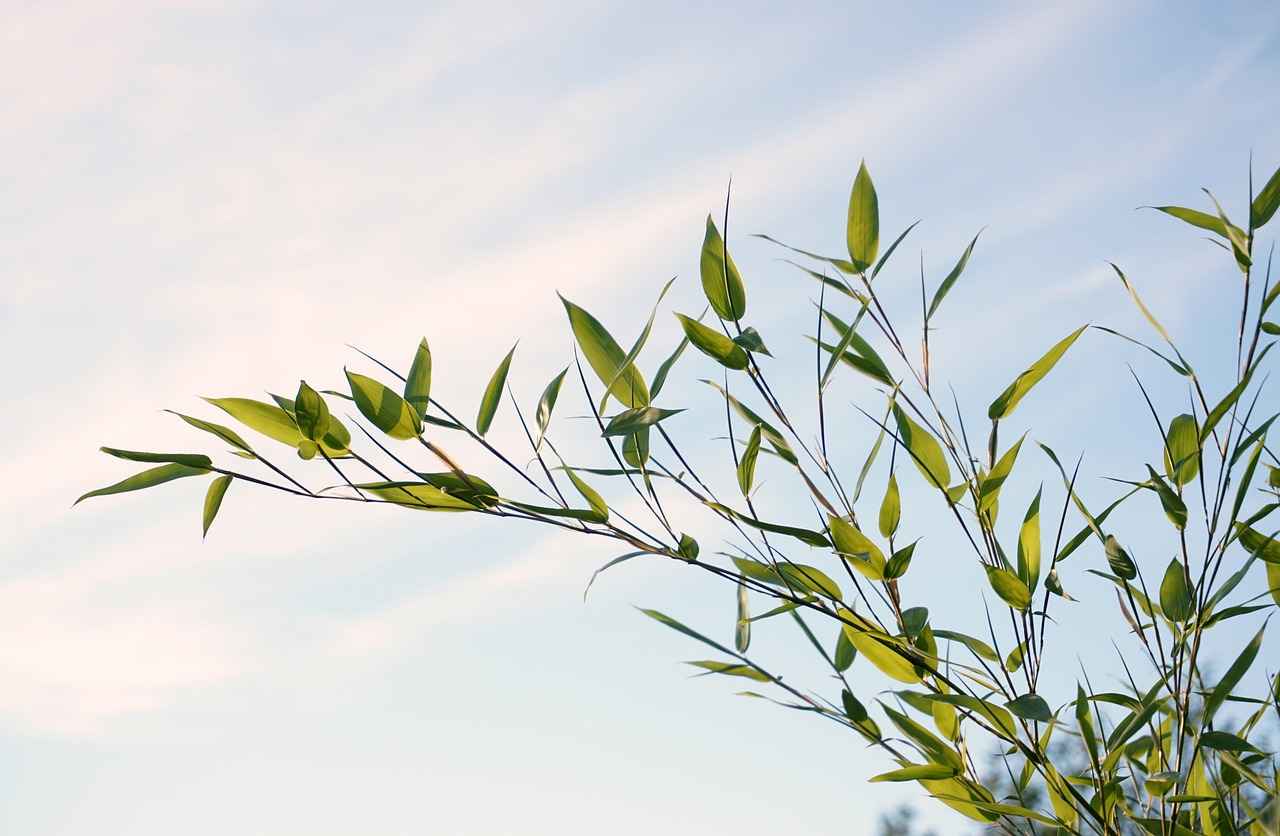
Why Choose Bamboo for Your Divider?
Bamboo is increasingly recognized as a remarkable material for various applications, particularly in home decor. Its unique combination of sustainability, strength, and versatility makes it an ideal choice for room dividers. In this section, we will explore why choosing bamboo for your divider is not just a stylish option but also a responsible one.
When considering materials for room dividers, many homeowners are now prioritizing eco-friendliness alongside aesthetics. Here are several reasons why bamboo stands out:
- Sustainability: Bamboo is one of the fastest-growing plants on the planet, capable of reaching maturity in just three to five years. This rapid growth rate makes it a highly renewable resource, unlike traditional hardwoods that can take decades to replenish.
- Strength and Durability: Despite its lightweight nature, bamboo is incredibly strong. It has a tensile strength that rivals steel, making it an excellent choice for structural applications like room dividers.
- Versatility: Bamboo can be crafted into various designs, from sleek and modern to rustic and traditional. This adaptability allows homeowners to customize their space according to personal style.
- Low Maintenance: Unlike other materials that require regular upkeep, bamboo is relatively low-maintenance. It resists moisture and pests, making it an enduring choice for any environment.
- Natural Aesthetic: The natural grain and color variations in bamboo add warmth and character to any room. It can seamlessly blend with other materials, enhancing the overall decor.
Choosing bamboo for your room divider is not only a personal decision but also an environmental one. Here are some key benefits:
- Carbon Absorption: Bamboo absorbs more carbon dioxide than an equivalent area of trees, contributing positively to the environment by reducing greenhouse gases.
- Soil Health: Bamboo helps prevent soil erosion due to its extensive root system, promoting healthier ecosystems.
- Minimal Chemical Use: Bamboo generally requires fewer pesticides and fertilizers compared to traditional crops, making it a safer choice for both the environment and human health.
Bamboo dividers can be styled in numerous ways, making them suitable for various interior themes. Whether you prefer a minimalist look or a more elaborate design, bamboo can be tailored to meet your needs:
- Customizable Designs: You can paint, stain, or leave bamboo in its natural state, allowing for complete customization.
- Functional and Decorative: Bamboo dividers not only serve as partitions but can also be used as decorative elements, incorporating shelves or hooks for added functionality.
In summary, choosing bamboo for your room divider is a decision that aligns with both personal style and environmental responsibility. Its sustainable nature, combined with its strength and versatility, makes it a fantastic choice for homeowners looking to enhance their living spaces while making a positive impact on the planet.
Environmental Benefits of Bamboo
Bamboo is not just a beautiful addition to your home decor; it also plays a significant role in promoting environmental sustainability. As a rapidly growing plant, bamboo offers a range of ecological benefits that make it a preferred choice for eco-conscious consumers. Below, we delve into the , highlighting why this remarkable plant is a game-changer for both the planet and your living space.
Bamboo is often hailed as one of the most sustainable materials available. Here are some reasons why:
- Rapid Growth Rate: Bamboo can grow up to 91 cm (35 inches) in just one day, making it one of the fastest-growing plants on Earth. This rapid growth means that bamboo can be harvested much more quickly than traditional hardwood trees, which can take decades to mature.
- Carbon Sequestration: Bamboo absorbs more carbon dioxide than many other plants, making it an effective tool for combating climate change. For every ton of bamboo harvested, approximately 1.1 tons of carbon dioxide is absorbed from the atmosphere.
- Soil Erosion Prevention: The extensive root system of bamboo helps to stabilize the soil, preventing erosion. This is particularly important in areas prone to landslides or heavy rainfall.
Beyond its rapid growth and carbon absorption, bamboo supports a diverse ecosystem:
- Habitat for Wildlife: Bamboo forests provide essential habitats for various species, including pandas, birds, and insects. By choosing bamboo, you help preserve these vital ecosystems.
- Promotes Soil Health: Bamboo contributes to soil health by enhancing nutrient levels and improving soil structure, which benefits surrounding plant life.
Yes, bamboo is a highly renewable resource. Unlike traditional timber, which requires replanting and takes years to grow back, bamboo can regenerate naturally after harvesting. Here’s how:
- Harvesting Without Destruction: When bamboo is harvested, the root system remains intact, allowing the plant to regrow quickly. This means that bamboo can be harvested sustainably without damaging the environment.
- Minimal Chemical Use: Bamboo typically requires fewer pesticides and fertilizers than conventional crops, making it a safer choice for the environment.
For homeowners looking for an eco-friendly material that requires little upkeep, bamboo is an excellent choice:
- Durability: Bamboo is known for its strength and durability, making it resistant to wear and tear. This longevity translates to less frequent replacements, reducing waste.
- Easy to Clean: Maintaining bamboo products is simple; regular dusting and occasional damp cleaning are usually sufficient to keep them looking new.
In conclusion, the extend far beyond its aesthetic appeal. By incorporating bamboo into your home, you are not only enhancing your living space but also making a responsible choice for the planet. With its rapid growth, carbon absorption, and minimal maintenance needs, bamboo stands out as a sustainable alternative that aligns perfectly with modern eco-friendly living.
Renewable Resource
Bamboo is an extraordinary plant that has garnered attention for its remarkable growth rate and sustainability. As one of the fastest-growing plants on Earth, bamboo can reach heights of over 91 centimeters (35 inches) in a single day under optimal conditions. This rapid growth makes it a highly renewable resource, allowing it to be harvested frequently without causing environmental degradation.
Bamboo’s unique characteristics set it apart from traditional timber. Unlike trees that take decades to mature, bamboo can be harvested in as little as three to five years. This quick regeneration means that bamboo forests can thrive even after harvesting, ensuring a continuous supply. Additionally, bamboo’s extensive root system helps prevent soil erosion, making it beneficial for the environment.
One of the most significant environmental benefits of bamboo is its ability to absorb carbon dioxide. Studies have shown that bamboo can absorb up to 35% more carbon dioxide than an equivalent area of hardwood forest. This makes bamboo not only a sustainable building material but also a crucial player in combating climate change. By choosing bamboo products, consumers can actively participate in reducing their carbon footprint.
In addition to its sustainability, bamboo is also known for its low maintenance requirements. Unlike hardwood, bamboo does not require regular treatments with chemicals or preservatives. A simple cleaning routine with a damp cloth is often sufficient to keep bamboo looking its best. This ease of care makes bamboo an attractive option for homeowners seeking both beauty and practicality in their living spaces.
Bamboo’s aesthetic appeal is another reason for its growing popularity in home decor. Available in various styles and finishes, bamboo can complement a wide range of interior designs. Whether you prefer a modern look or a more traditional setting, bamboo dividers can be customized to suit your personal taste.
Using bamboo in your home is not limited to room dividers. It can be used in furniture, flooring, and even decorative elements. By integrating bamboo into multiple aspects of your home, you can create a cohesive and sustainable living environment.
Investing in bamboo products not only benefits the environment but also offers long-term advantages for homeowners. Bamboo’s durability means that it can withstand wear and tear better than many traditional materials, leading to fewer replacements and repairs over time. This not only saves money but also reduces waste, making bamboo a smart choice for eco-conscious consumers.
In summary, bamboo is a remarkable renewable resource that offers numerous environmental benefits and practical advantages for homeowners. Its rapid growth, low maintenance requirements, and design versatility make it an ideal choice for sustainable living. By choosing bamboo, you are not just enhancing your home; you are also making a positive impact on the planet.
Low Maintenance
Bamboo has increasingly become a favored material for many homeowners, especially when it comes to creating functional and stylish home features like room dividers. One of the most significant advantages of using bamboo is its requirements compared to traditional wood. This characteristic makes bamboo an ideal choice for those seeking longevity and ease of care in their home improvement projects.
Bamboo is naturally resistant to pests and diseases, which means it does not require frequent treatments or special care that many wood products do. Unlike hardwoods that may need regular staining, sealing, or painting, bamboo maintains its integrity and appearance with minimal intervention. This durability not only saves time but also reduces the overall cost associated with upkeep.
- Regular Cleaning: To keep your bamboo room divider looking its best, simply wipe it down with a damp cloth and mild detergent. This helps to remove dust and dirt without damaging the material.
- Avoid Direct Sunlight: Although bamboo is resilient, prolonged exposure to direct sunlight can cause fading and warping. Position your divider strategically to minimize sun damage.
- Monitor Humidity Levels: Bamboo thrives in stable environments. Excessive moisture can lead to warping or mold growth, so ensure your space has adequate ventilation.
In addition to its nature, bamboo offers several other advantages over traditional wood. It is a renewable resource that grows significantly faster than most trees, making it a sustainable option for environmentally conscious homeowners. Furthermore, bamboo’s unique aesthetic appeal adds a touch of elegance to any room, blending seamlessly with various design styles.
Investing in a bamboo room divider not only enhances your living space but also provides long-term benefits. The reduced need for maintenance translates into lower costs over time, allowing homeowners to allocate their resources to other areas of improvement. Additionally, the longevity of bamboo means that your investment will continue to pay off, maintaining its beauty and functionality for years to come.
Choosing bamboo for your home improvement projects is a decision that aligns with both sustainability and practicality. With its needs and aesthetic versatility, bamboo stands out as a superior option compared to traditional wood. By following simple care guidelines, you can ensure that your bamboo room divider remains a beautiful and functional part of your home for many years.
Design Versatility of Bamboo Dividers
Bamboo dividers are not only functional but also offer remarkable design versatility that can enhance your living space. They can be styled in various ways, allowing you to customize them to fit your home’s decor while serving functional purposes. This flexibility makes bamboo dividers an excellent choice for anyone looking to create distinct areas within a room or to add a touch of natural beauty to their home.
When it comes to styling bamboo dividers, the possibilities are endless. Here are some popular styles:
- Minimalist: A simple, straight bamboo divider can provide a clean and modern look, perfect for contemporary homes.
- Rustic: Using untreated bamboo poles can create a rustic feel, ideal for country-style or farmhouse decor.
- Artistic: Experiment with different shapes and arrangements, such as zigzag or circular designs, to create a unique artistic statement.
- Functional: Incorporate shelves or hooks into your bamboo divider for added functionality, such as displaying plants or hanging decor.
Customization is key when it comes to making your bamboo divider truly yours. Here are some effective ways to personalize:
- Coloring: Stain or paint your bamboo to match your existing decor, or use vibrant colors to make a bold statement.
- Textiles: Drape fabric or hang curtains from your bamboo divider for added texture and warmth.
- Lighting: Integrate LED strips or fairy lights around the divider to create an inviting ambiance.
Beyond aesthetics, bamboo dividers serve several practical purposes:
- Privacy: They can effectively separate spaces, providing a sense of privacy in open floor plans.
- Sound Absorption: Bamboo has natural sound-dampening properties, which can help reduce noise levels between areas.
- Space Definition: Use bamboo dividers to define different functional areas, such as a home office or reading nook.
Yes, bamboo is an incredibly sustainable material. It grows quickly and can be harvested without damaging the plant, making it an environmentally friendly choice. By choosing bamboo dividers, you’re not only enhancing your home but also making a positive impact on the planet.
In conclusion, the design versatility of bamboo dividers allows homeowners to create personalized, functional, and aesthetically pleasing spaces. With options for customization and various styles to choose from, bamboo dividers can seamlessly integrate into any decor while serving practical purposes. Whether you’re looking to enhance privacy, define spaces, or simply add a touch of nature to your home, bamboo dividers are a stylish and sustainable solution.

How to Build Your Own Bamboo Room Divider?
Creating a bamboo room divider is not only a cost-effective solution for enhancing your living space, but it is also a sustainable DIY project that anyone can undertake. With just a few basic tools and materials, you can construct a stylish partition that adds both privacy and aesthetic appeal to your home.
Gathering Your Materials
Before diving into the construction process, it’s essential to gather all the necessary materials. Here’s a quick checklist:
- Bamboo poles: Choose the right thickness and length based on your design.
- Wood screws: Ensure they are suitable for bamboo.
- Drill: For making holes and securing the bamboo.
- Saw: A hand saw or power saw will work for cutting bamboo.
- Measuring tape: To ensure precise dimensions.
- Sandpaper: For smoothing rough edges.
- Wood glue: Optional, for additional strength.
Step-by-Step Building Process
Once you have all your materials ready, follow these steps to build your bamboo room divider:
- Measure and Cut: Use your measuring tape to determine the desired height and width of your divider. Cut the bamboo poles accordingly.
- Prepare the Base: If you want a freestanding divider, create a sturdy base using wooden boards or additional bamboo poles. Secure them using screws.
- Assemble the Divider: Attach the bamboo poles vertically to the base using screws. Ensure they are evenly spaced for stability.
- Secure the Structure: For added durability, use wood glue at the joints. Allow it to dry completely.
- Sand and Finish: Smooth out any rough edges with sandpaper. You can also apply a protective finish to enhance the bamboo’s natural beauty.
Design Inspirations for Your Bamboo Divider
Once your bamboo room divider is built, consider how you want to style it. Here are some ideas:
- Paint: Use eco-friendly paint to add a splash of color that complements your interior.
- Fabric Panels: Attach fabric to create a soft texture and visual interest.
- Decorative Elements: Hang artwork or photos on the divider to turn it into a focal point.
Why Choose Bamboo for Your DIY Project?
Bamboo is an excellent choice for room dividers due to its sustainability and strength. It grows quickly, making it a renewable resource, and its natural beauty adds warmth to any space. Additionally, bamboo is low maintenance, requiring minimal care to keep it looking great.
In conclusion, building your own bamboo room divider is a rewarding project that enhances your living space while being environmentally friendly. With the right materials and a bit of creativity, you can create a stunning partition that suits your style and needs.
Gathering Materials
Before embarking on your DIY bamboo room divider project, it is crucial to gather all necessary materials to ensure a seamless building experience. This phase is fundamental, as having everything on hand can significantly minimize interruptions and enhance efficiency while working on your design.
To create a stunning bamboo room divider, you will need the following items:
- Bamboo Poles: These are the primary material for your divider. Choose poles that are sturdy and of uniform diameter for a professional look.
- Saw: A handsaw or a power saw will be necessary for cutting the bamboo to the desired lengths.
- Screws: Select screws that are suitable for wood, ensuring they are long enough to provide a secure hold without splitting the bamboo.
- Drill: A drill will help you create holes for the screws, making assembly easier and more precise.
- Measuring Tape: Accurate measurements are vital. A measuring tape will assist you in planning your divider’s dimensions.
- Sandpaper: Use sandpaper to smooth any rough edges on the bamboo, giving your divider a polished finish.
- Wood Glue (Optional): For added stability, wood glue can be used alongside screws.
Having all your materials ready before you start is essential for several reasons:
- Efficiency: A well-prepared workspace allows you to focus on the creative aspects of building rather than running back and forth to gather items.
- Safety: Ensuring that you have the right tools and materials reduces the risk of accidents that could occur from using inappropriate items.
- Quality: Using the correct materials and tools ensures that your final product is durable and visually appealing.
When choosing bamboo, consider the following:
- Quality: Look for bamboo that is free from cracks or blemishes, as these imperfections can compromise the structure.
- Type: Different species of bamboo have varying strengths and appearances. Research which type best suits your design needs.
- Sustainability: Opt for bamboo that is sourced sustainably to align with eco-friendly practices.
In summary, the process of gathering materials for your bamboo room divider is not just a preliminary step; it is a critical phase that sets the tone for the entire project. By ensuring you have all the necessary tools and materials, you can focus on building a beautiful, functional, and sustainable addition to your home.
Step-by-Step Building Process
Building your own bamboo room divider can be a rewarding project that enhances your living space while promoting sustainability. Follow this step-by-step guide to ensure a sturdy and visually appealing result.
Before you begin, it’s essential to gather all the necessary materials:
- Bamboo poles: Choose poles of equal length for a uniform look.
- Saw: A hand saw or power saw will work well for cutting bamboo.
- Drill: A power drill is needed for making holes for screws.
- Screws: Use screws that are suitable for bamboo and wood.
- Measuring tape: To measure the height and width of your divider.
- Sandpaper: For smoothing out rough edges.
- Wood glue (optional): For added stability.
Using your measuring tape, determine the desired height and width of your room divider. Mark the bamboo poles accordingly and carefully cut them to size with your saw. Make sure to sand down any rough edges to prevent splinters.
To ensure stability, start by creating a base frame. Lay two bamboo poles parallel to each other on the ground, then attach two additional poles perpendicularly at each end, forming a rectangular base. Secure the joints with screws and wood glue if desired.
Next, it’s time to add the vertical bamboo poles. Space them evenly along the base frame, ensuring they are vertical. Use your drill to make holes in the base and insert screws to secure each vertical pole firmly in place.
For added strength, consider adding cross supports. These can be diagonal bamboo poles that connect the vertical poles. This step is crucial for ensuring that your room divider remains stable over time.
Once your structure is complete, inspect it for any sharp edges or protruding screws. Use sandpaper to smooth out these areas. You may also want to apply a natural finish or sealant to protect the bamboo from moisture and enhance its appearance.
Finally, carefully move your completed bamboo room divider to its desired location. Ensure it stands securely and adjust if necessary. You now have a beautiful and functional divider that adds charm to your space!
By following these steps, you can create a stunning bamboo room divider that not only serves a practical purpose but also showcases your commitment to sustainability. Happy building!

Decorating Your Bamboo Room Divider
Decorating your bamboo room divider can transform it into a stunning focal point in your living space. Once you have successfully built your bamboo divider, it’s time to explore various decorating options that not only enhance its appearance but also improve its functionality. Here are some creative ideas to consider:
- Incorporate Color: Adding a splash of color can dramatically change the look of your bamboo divider. You can use eco-friendly paint or natural stains to match your room’s color scheme. Consider using a gradient effect or stenciling designs for a unique touch.
- Use Fabric: Hanging fabric panels or drapes on your bamboo divider can introduce texture and warmth to your space. Choose lightweight fabrics in vibrant colors or patterns that resonate with your overall decor. This not only enhances aesthetics but also provides additional privacy.
- Add Lighting: Integrating lighting elements can elevate the ambiance. Consider attaching LED strip lights along the edges or placing small lanterns or fairy lights on shelves attached to the divider. This creates a soft glow that adds a cozy atmosphere to your room.
- Incorporate Plants: Adding plants is a fantastic way to breathe life into your bamboo divider. You can hang small pots or attach vertical planters to the divider. Choose air-purifying plants like pothos or spider plants that thrive indoors, enhancing both aesthetic appeal and air quality.
- Display Artwork: Use your bamboo divider as a canvas for displaying artwork or photographs. You can hang framed pieces or use clips to attach art directly to the bamboo. This personalizes your space and makes the divider a conversation starter.
- Functional Accessories: Consider adding functional accessories like shelves or hooks to your bamboo divider. This allows you to use it for storage or display items like books, decorative pieces, or even coats, making it both stylish and practical.
When decorating your bamboo room divider, remember to maintain a balance between style and functionality. Each decorative element should enhance the overall look while serving a purpose. Additionally, ensure that the materials you use are compatible with bamboo to avoid damage over time.
By thoughtfully selecting decorations that resonate with your personal style, you can create a bamboo room divider that not only serves as a partition but also as a beautiful design feature in your home. Embrace creativity and let your bamboo divider reflect your unique taste!
Adding Color and Texture
When it comes to enhancing the aesthetic appeal of your bamboo room divider, can make a significant difference. This not only helps the divider to stand out but also allows it to harmonize with your existing decor. Here are some creative ways to achieve this:
Color plays a vital role in interior design. It can influence mood, create focal points, and even define spaces. By incorporating vibrant hues or subtle shades into your bamboo divider, you can create a visually appealing element that enhances the overall ambiance of your room.
When selecting paint for your bamboo divider, consider using eco-friendly options that are low in VOCs. This ensures that you are not only beautifying your space but also keeping it safe for your health. Here are some tips:
- Test Colors: Before committing to a color, test a small patch on the bamboo to see how it looks in different lighting.
- Finish Options: Choose between matte, satin, or glossy finishes based on your desired look and the existing decor.
Fabric can add an inviting texture to your bamboo divider. Consider using materials like cotton, linen, or burlap for a rustic feel. Here’s how to incorporate fabric:
- Wrap the Bamboo: Use fabric strips to wrap around the bamboo poles, creating a unique look.
- Attach Panels: Create fabric panels that can be hung or attached to the divider for added softness and color.
In addition to paint and fabric, consider incorporating other natural materials to enhance both color and texture. For example:
- Jute or Sisal: These materials can be woven into or attached to the bamboo for a textured look.
- Wood Accents: Small wooden pieces or accents can be added for a contrasting texture that complements the bamboo.
To ensure your bamboo divider blends seamlessly with your existing decor, aim for a cohesive color palette. Here are some strategies:
- Complementary Colors: Choose colors that complement your walls, furniture, and accessories.
- Patterns: If your room features patterns, incorporate similar designs into your bamboo divider through fabric or paint.
For those who enjoy hands-on projects, customizing your bamboo divider can be a rewarding experience. Here are some DIY techniques:
- Stenciling: Use stencils to create intricate designs on the bamboo surface for a personalized touch.
- Decoupage: Apply decorative paper or images using decoupage techniques to add unique flair.
In conclusion, by incorporating paint, fabric, and other materials, you can transform your bamboo divider into a stunning focal point that enhances your living space. Remember to consider the overall decor and choose elements that resonate with your personal style.
Incorporating Plants
Incorporating plants into your bamboo room divider can transform it from a simple partition into a vibrant, living element of your home decor. Not only do plants add a natural touch to your space, but they also offer numerous benefits, including improved air quality and enhanced aesthetics. This section will explore various ways to effectively integrate plants into your bamboo divider.
- Air Quality Improvement: Plants are known to purify the air by absorbing toxins and releasing oxygen, creating a healthier living environment.
- Visual Appeal: Adding greenery can enhance the overall look of your bamboo divider, making it a focal point in the room.
- Natural Humidity Control: Plants release moisture into the air, which can help maintain optimal humidity levels in your home.
When selecting plants to incorporate into your bamboo room divider, consider the following:
- Light Requirements: Ensure the plants you choose thrive in the lighting conditions of your space. For low-light areas, consider snake plants or pothos.
- Size and Growth Habit: Select plants that won’t outgrow the divider. Compact plants like succulents or ferns are excellent choices.
- Maintenance Level: Opt for low-maintenance plants if you prefer a hassle-free option. ZZ plants and peace lilies require minimal care.
There are several creative ways to incorporate plants into your bamboo room divider:
- Hanging Planters: Utilize the vertical space by hanging planters from the top of the divider. This not only saves space but also creates an eye-catching display.
- Built-in Shelves: Construct small shelves within the divider to hold potted plants. This allows for easy access and adds depth to the design.
- Vertical Garden: Create a vertical garden by attaching small pots or containers directly to the bamboo structure, allowing plants to cascade beautifully.
To ensure your plants thrive within the bamboo divider, follow these care tips:
- Regular Watering: Keep a consistent watering schedule, ensuring the soil is moist but not waterlogged.
- Fertilization: Use a balanced fertilizer every few months to provide essential nutrients.
- Pruning: Regularly prune dead or yellowing leaves to promote healthy growth and maintain a tidy appearance.
Incorporating plants into your bamboo room divider not only enhances its beauty but also contributes to a healthier living space. By choosing the right plants and employing creative integration methods, you can create a stunning and functional feature that reflects your personal style and commitment to sustainability.

Maintaining Your Bamboo Room Divider
Proper maintenance is essential to ensure the longevity of your bamboo room divider, allowing it to remain a beautiful and functional element in your home. Bamboo is a remarkable material, known for its strength and aesthetic appeal, but it does require some care to keep it looking its best. This section will provide you with valuable tips and techniques to maintain your bamboo divider effectively.
Regular maintenance not only enhances the appearance of your bamboo room divider but also prolongs its lifespan. Without proper care, bamboo can suffer from issues such as warping, fading, and even mold growth. By implementing a routine maintenance schedule, you can protect your investment and ensure that your divider continues to serve its purpose.
One of the simplest ways to maintain your bamboo divider is through regular cleaning. Here are some effective cleaning tips:
- Use a Damp Cloth: Gently wipe down the surface with a damp cloth to remove dust and dirt.
- Mild Detergent: For tougher stains, mix a few drops of mild detergent with water. Use a soft cloth to gently scrub the stained area.
- Avoid Harsh Chemicals: Stay away from abrasive cleaners or harsh chemicals, as they can damage the bamboo finish.
To keep your bamboo divider in top condition, it’s crucial to protect it from potential damage:
- Avoid Direct Sunlight: Prolonged exposure to sunlight can cause the bamboo to fade and weaken. Position your divider away from direct sunlight.
- Control Humidity Levels: High humidity can lead to mold growth and warping. Maintain a balanced indoor climate to protect your bamboo.
- Use Coasters or Mats: If you place items on your bamboo divider, use coasters or mats to prevent scratches and dents.
Conducting regular inspections of your bamboo room divider can help you catch any potential issues early on. Look for signs of:
- Cracks or Splits: Address any cracks immediately to prevent further damage.
- Mold or Mildew: If you notice any mold, clean it promptly with a mixture of vinegar and water.
- Loose Joints: Tighten any screws or joints that may have come loose over time.
To maintain the natural beauty of your bamboo divider, consider re-oiling it every few months. Use a natural oil like linseed oil or teak oil to nourish the wood and enhance its shine. Apply the oil with a soft cloth, following the grain of the bamboo, and allow it to soak in before wiping off any excess.
By following these maintenance tips, you can ensure that your bamboo room divider remains a stunning and functional feature in your home for years to come. Regular cleaning, protection from damage, inspections, and periodic re-oiling are all essential practices that contribute to the longevity of your bamboo divider. Embrace these simple yet effective maintenance strategies to enjoy the beauty and functionality of your bamboo room divider.
Cleaning Tips
Maintaining the beauty and functionality of your bamboo room divider is essential for ensuring it remains a striking feature in your home. Regular upkeep not only enhances its aesthetic appeal but also extends its lifespan. Here are some effective cleaning tips to keep your bamboo divider looking its best.
Regular cleaning is vital for several reasons:
- Prevention of Dust Buildup: Dust and dirt can accumulate on the surface of your bamboo divider, dulling its natural sheen and making it appear less attractive.
- Maintenance of Hygiene: A clean room divider contributes to a healthier living environment by preventing the growth of mold and bacteria.
- Preservation of Material: Proper cleaning helps maintain the integrity of the bamboo, preventing issues such as warping or discoloration.
To effectively clean your bamboo room divider, follow these recommended methods:
Start by using a damp cloth to wipe down the surface of your bamboo divider. This simple method helps to remove surface dust and dirt without damaging the material. Ensure that the cloth is not soaking wet, as excess moisture can seep into the bamboo and cause it to swell or warp.
If your bamboo divider requires a deeper clean, mix a few drops of mild detergent with warm water. Dampen a cloth with this solution and gently scrub any stubborn stains or grime. Rinse the cloth with clean water and wipe down the divider again to remove any soap residue. This method is effective in restoring the natural beauty of the bamboo.
Establishing a regular cleaning schedule is key. Aim to clean your bamboo divider at least once a month. This proactive approach will help prevent significant buildup and keep your divider in excellent condition.
Aside from regular cleaning, consider the following care tips to protect your bamboo divider:
Position your bamboo divider away from direct sunlight. Prolonged exposure can lead to fading and weakening of the material over time.
Maintain a stable humidity level in your home. Excessive moisture can cause bamboo to warp, while very dry conditions can lead to cracking. A balanced environment is crucial for the longevity of your divider.
Occasionally, you can apply a small amount of natural oil, such as teak oil or linseed oil, to enhance the shine and protect the bamboo. This should be done sparingly, as too much oil can attract dust.
By following these cleaning tips and maintenance strategies, you can ensure that your bamboo room divider remains a beautiful and functional part of your home for years to come. Regular attention will not only keep it looking pristine but also preserve its structural integrity and natural charm.
Protecting from Damage
When it comes to maintaining the beauty and functionality of your bamboo room divider, protection from damage is key. Bamboo, while being a robust and sustainable material, can be susceptible to certain environmental factors that may compromise its integrity over time. Here are some essential tips to ensure your bamboo divider remains in pristine condition.
Understanding the importance of protecting your bamboo divider is crucial for its longevity. Bamboo can be affected by various elements, including sunlight and humidity. These factors can lead to issues such as warping, fading, and even mold growth, which can detract from its aesthetic appeal and functionality.
One of the primary ways to protect your bamboo divider is by avoiding direct sunlight. Prolonged exposure to sunlight can cause the natural fibers of the bamboo to fade, resulting in a less vibrant appearance. To mitigate this risk:
- Position your bamboo divider in a shaded area, or use curtains or blinds to filter the sunlight.
- Consider applying a UV-protective finish to the bamboo, which can help preserve its color and prevent damage.
Humidity can also pose a significant threat to your bamboo divider. High moisture levels can cause the bamboo to absorb water, leading to warping and potential mold growth. To control humidity:
- Keep your bamboo divider away from areas prone to high humidity, such as bathrooms or kitchens.
- Use a dehumidifier in damp areas to maintain optimal humidity levels.
In addition to environmental considerations, regular maintenance is vital for protecting your bamboo divider:
- Cleaning: Use a soft, damp cloth to wipe down the surface regularly. Avoid harsh chemicals that can damage the bamboo.
- Inspect: Regularly check for any signs of damage, such as cracks or discoloration, and address them promptly to prevent further deterioration.
Applying a protective coating can significantly enhance the durability of your bamboo divider. Look for natural oils or sealants specifically designed for bamboo, which can provide a protective barrier against moisture and UV rays. This proactive measure can prolong the life of your divider and maintain its aesthetic appeal.
By taking these precautions and implementing regular maintenance practices, you can effectively protect your bamboo room divider from potential damage. This not only ensures its longevity but also keeps it looking beautiful and functional in your living space. Remember, a little care goes a long way in preserving the charm of your eco-friendly bamboo divider!
Frequently Asked Questions
- What tools do I need to build a bamboo room divider?
To create your bamboo room divider, you’ll need some basic tools like a saw, drill, screws, and measuring tape. These tools will help you cut and assemble the bamboo poles with ease, making the process smooth and straightforward.
- How do I maintain my bamboo room divider?
Maintaining your bamboo divider is simple! Just wipe it down with a damp cloth and mild detergent regularly to keep it looking fresh. Avoid placing it in direct sunlight or humid areas to prevent warping or fading over time.
- Can I customize my bamboo room divider?
Absolutely! One of the best features of bamboo dividers is their versatility. You can paint them, add fabric, or even incorporate plants to match your room’s decor. Get creative and make it uniquely yours!
- Is bamboo a sustainable material?
Yes, bamboo is one of the most sustainable materials available. It grows quickly and can be harvested without harming the plant, making it an eco-friendly choice for your home improvement projects.
- How long will my bamboo room divider last?
With proper care, your bamboo room divider can last for many years. Its durability and low maintenance needs make it a practical and long-lasting addition to your space.
